
Road trip on the new Silk Road
Series: Travel diary
The test lorry convoy rolls through China - until it is suddenly obstructed.
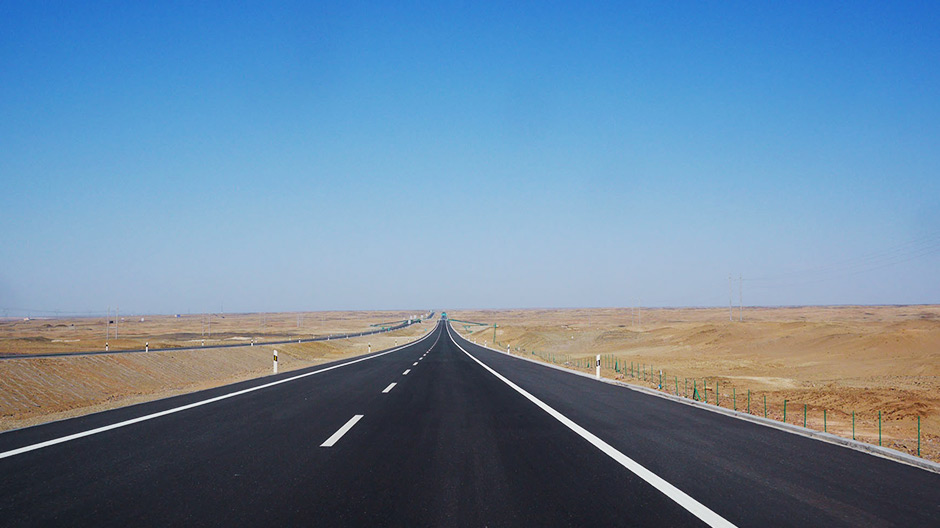
One of the abandoned stretches of road: diesel shortage, no phone reception and a road block.
Back on the motorway, after many kilometres, a rocket model by the side of the road shows us that we are approaching the Jiuquan space mission launch centre – thelargest in the People's Republic of China. This is where China sent its first satellite into space in 1970, where its first manned space flight and its space station took off from.
Here, stopping and taking photographs are strictly prohibited for a stretch of 37 kilometres of motorway. No problem for us. We don't have any time to lose anyway!
Diesel shortage.
Fuel is slowly running low - none of the fuel stations along the motorway is open. Someone explains where to find the nearest source of diesel and we leave the motorway for a new, single-track road deeper in the desert. Then we end up at a construction site where a lorry is blocking the road. When we ask to be let past, one of the workers climbs into an excavator and positions it so that it is also in our way. The troop's unbelievable demand: that we stay and help with the work on the road for three days.
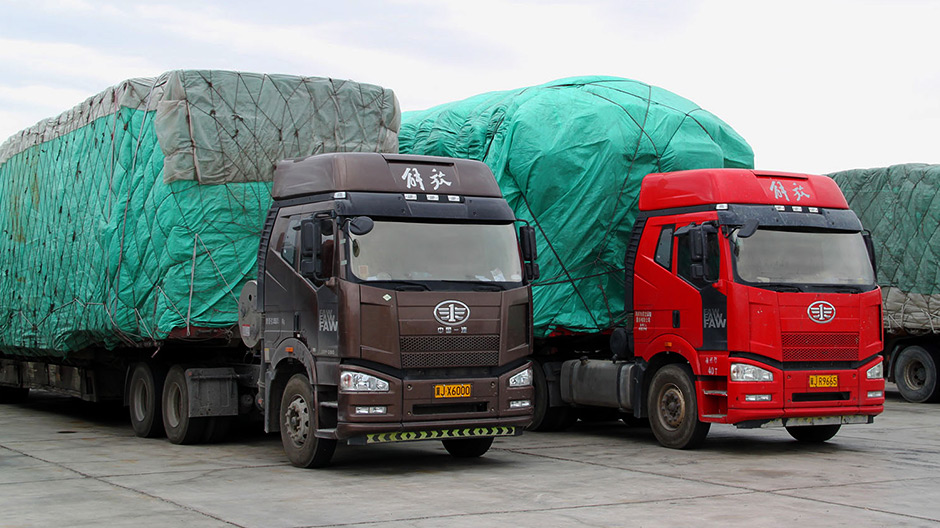
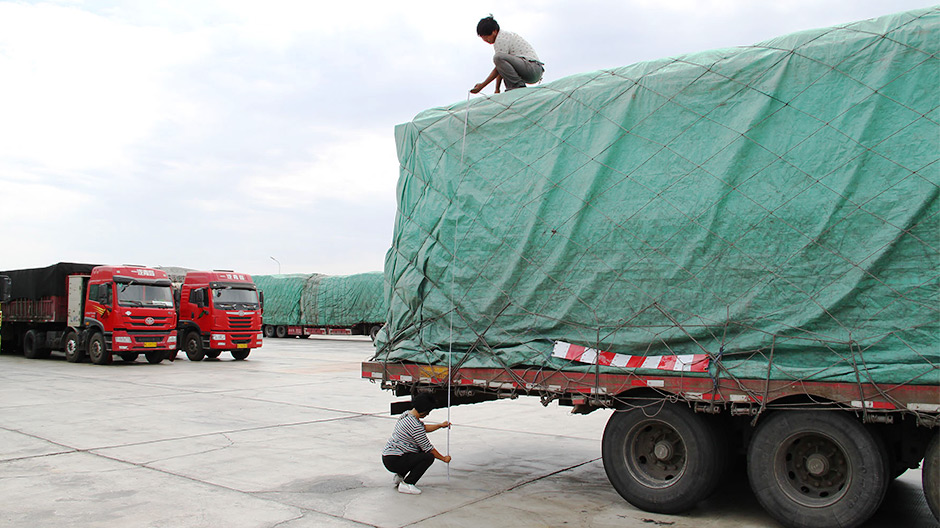
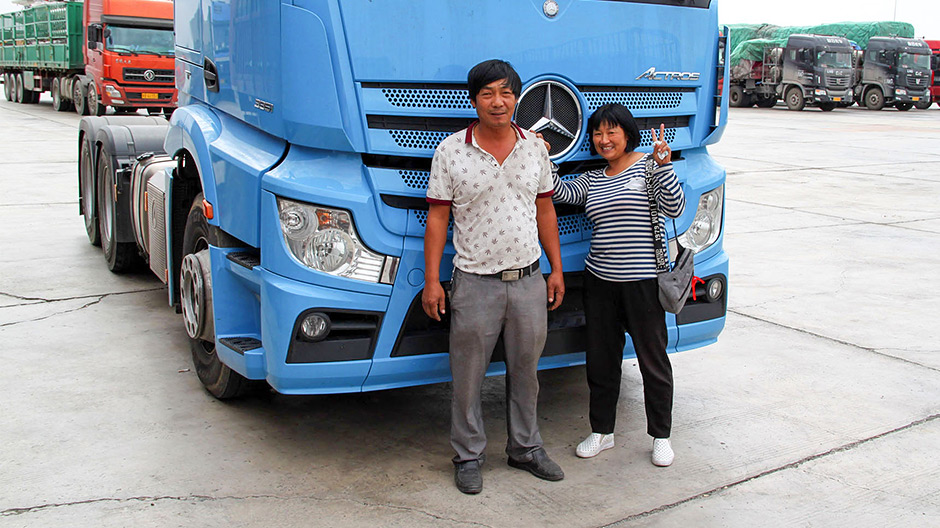
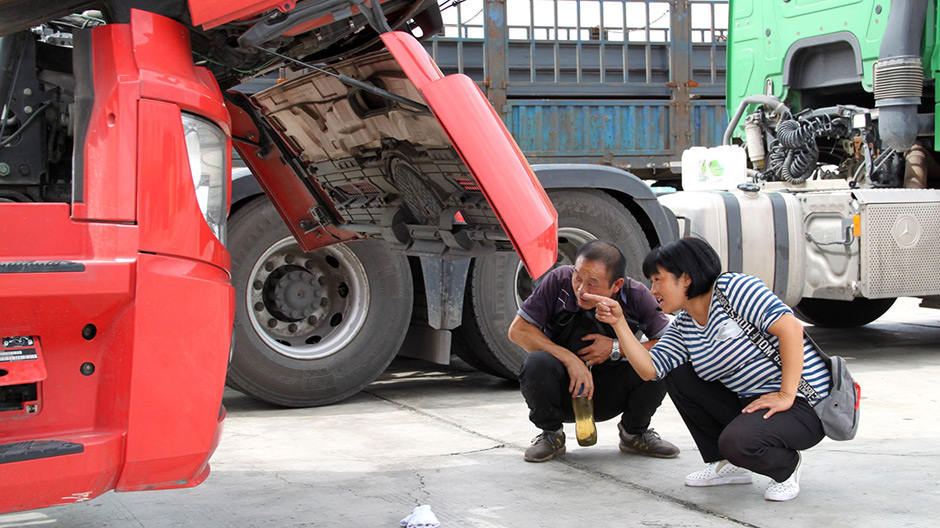
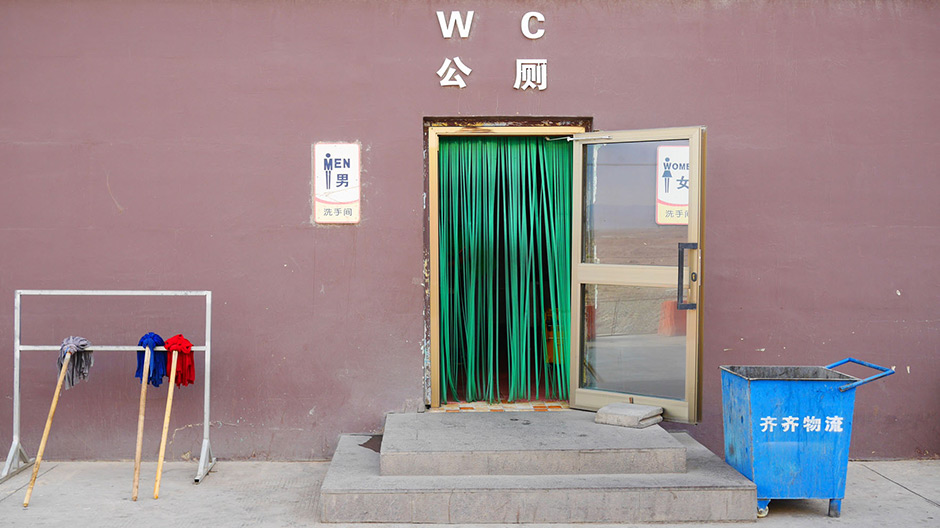
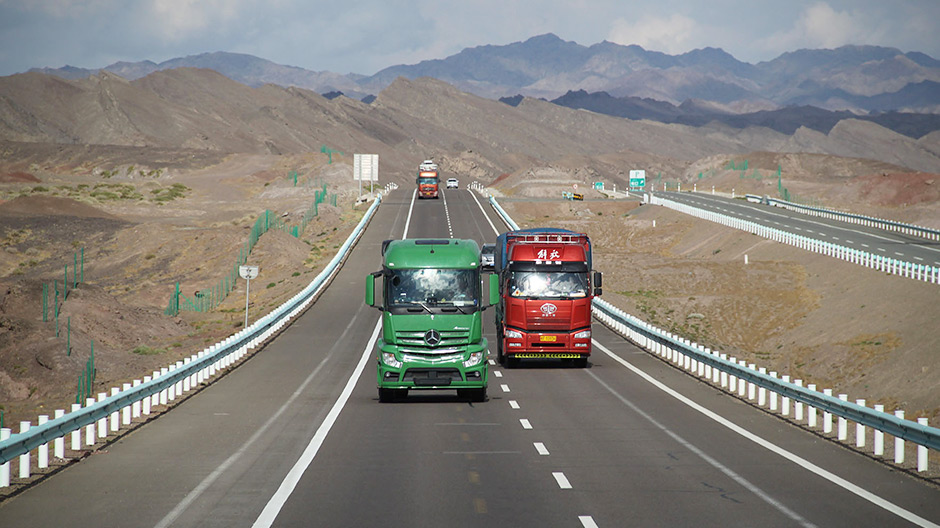
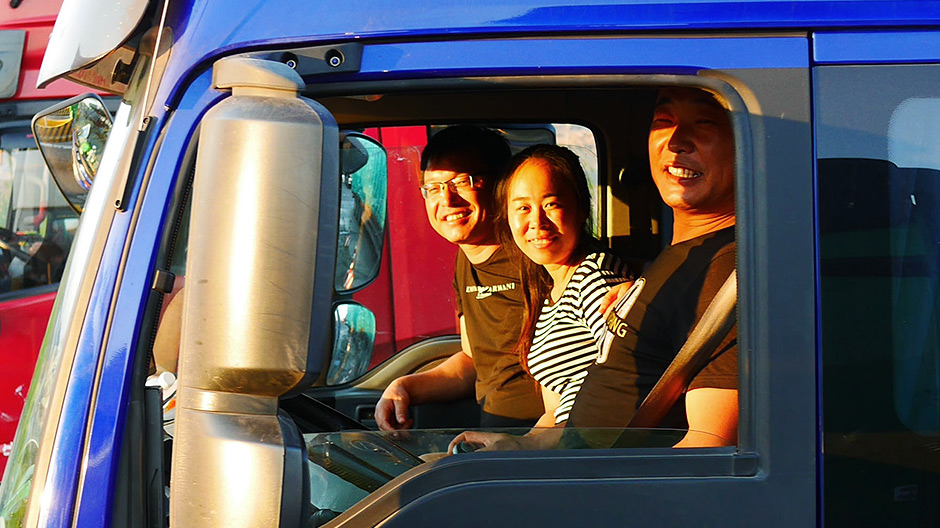
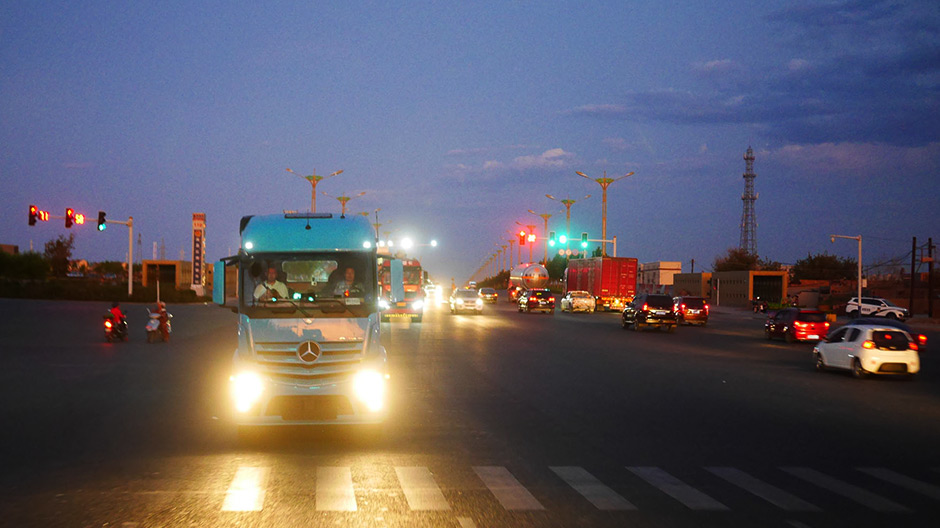
Road block.
Of course, we aren't going to! The Chinese drivers in our team argue with the construction workers, gesticulating wildly. Since the blockade is not removed, we withdraw to our Actros. In the twilight, we decide to steal away in reverse gear. No luck, another vehicle is blocking our path. It's a lost cause.
Long after night falls, headlights show behind us. An off-road vehicle appears and police officers climb out and demand to see our papers. We have to head to a police station. After lengthy discussions, we are finally allowed to get back on the road. Yet we are still not allowed to drive to the fuel station. One of the fuel displays is already at reserve level. No one can tell us where the nearest fuel station is.
Click here to leave RoadStars and to find out more information within Google Maps: Map on Google Maps
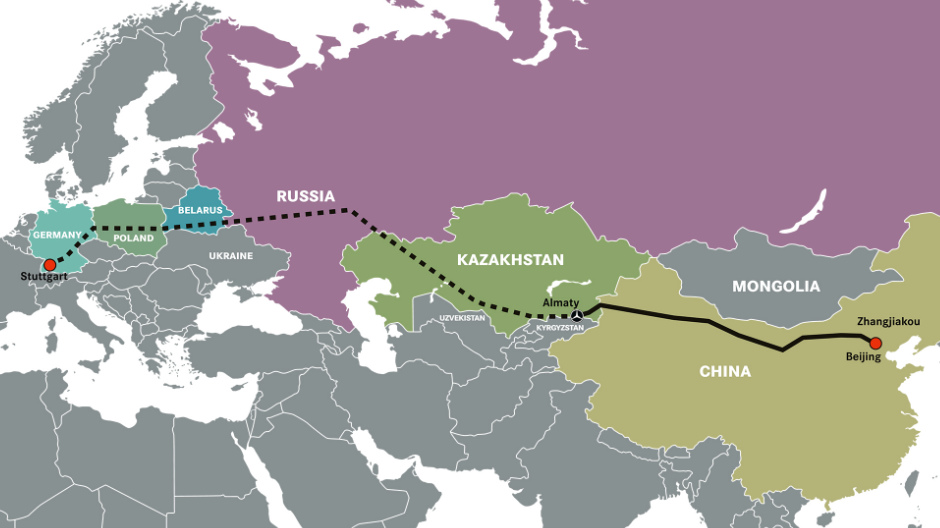
Empty tanks.
We are lucky to make it to the point near the city of Kumul where the new G7 motorway meets the old G312. We just make it to the first service station as the completely emptied tanks of the red Actros force the engine to stop. It won't start again when we try to repark. We will have to come up with a plan tomorrow.
Outdoor maintenance.
After a well-deserved night of rest, the green Actros drives over to the fuel station and fills the tank. Using an old garden hose, we channel the diesel into the empty tanks of the red Actros. We use the hand pump on the engine to fill the fuel system, switch on the ignition and start the engine.
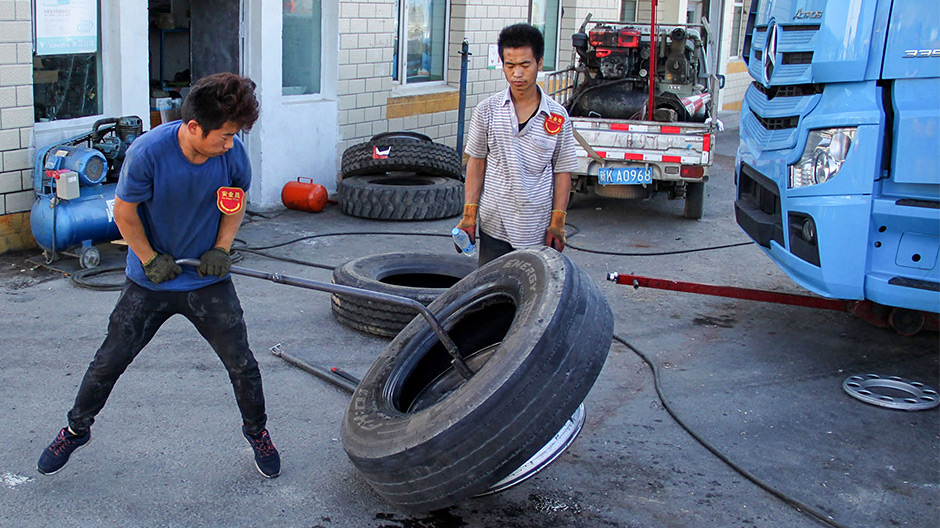
Tyre change using a crowbar and a sledgehammer.
Day 4: Chinese tyre change.
Another challenge: in a departure check at a checkpoint, we discover that one of the tyres on the blue Actros is damaged. We ask two Chinese mechanics to change the tyre at a service station. In the open, they use a sledgehammer and a crowbar to remove the old tyre from the rim and then also mount the new one by hand. The whole thing only takes 20 minutes. Balancing tyres and torque spanners? Not here.
We drive until we almost reach the city of Turpan and set up camp
for the night.
To the border, fast.
It's high time we left China. We have found out that our licence
plates are only valid for three more days. If we don't manage to cross
the border before then, we will have to run the gauntlet of applying
for licence plates all over again. Otherwise, we will have to have our
lorries carried over the border on low loaders.
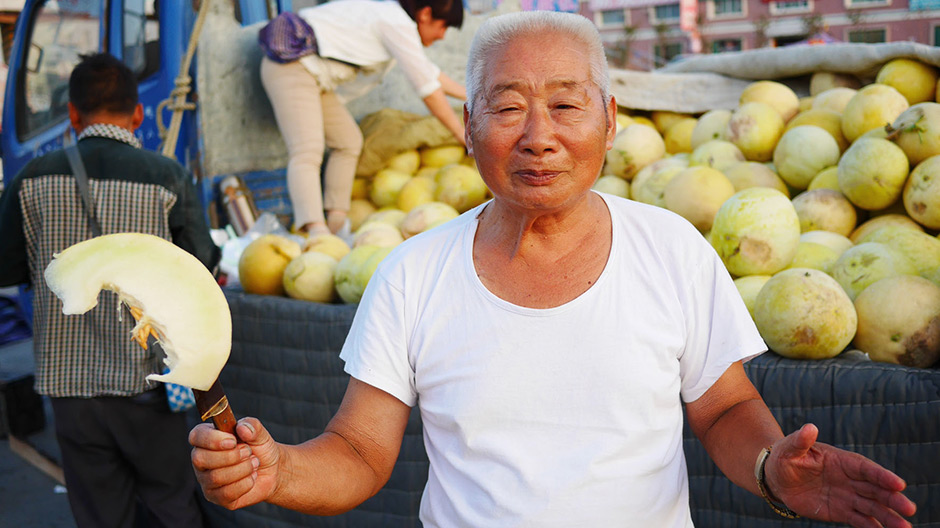
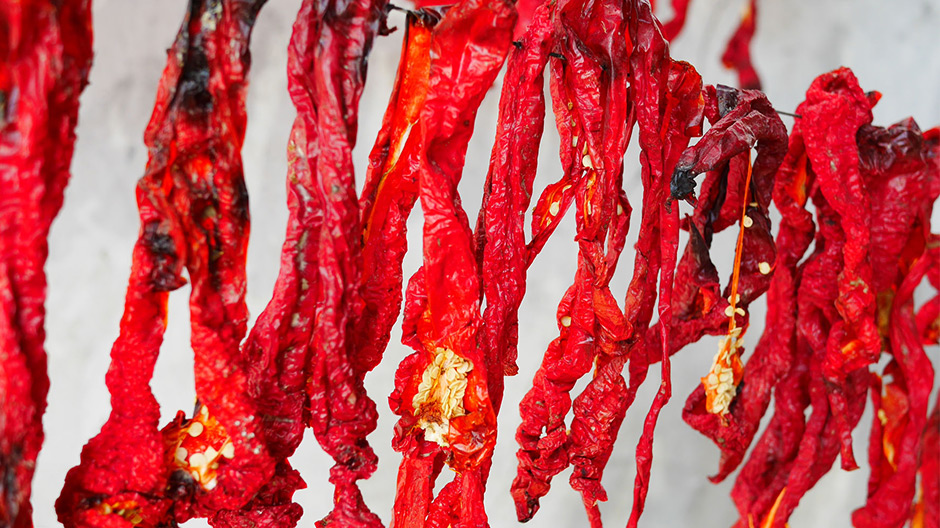
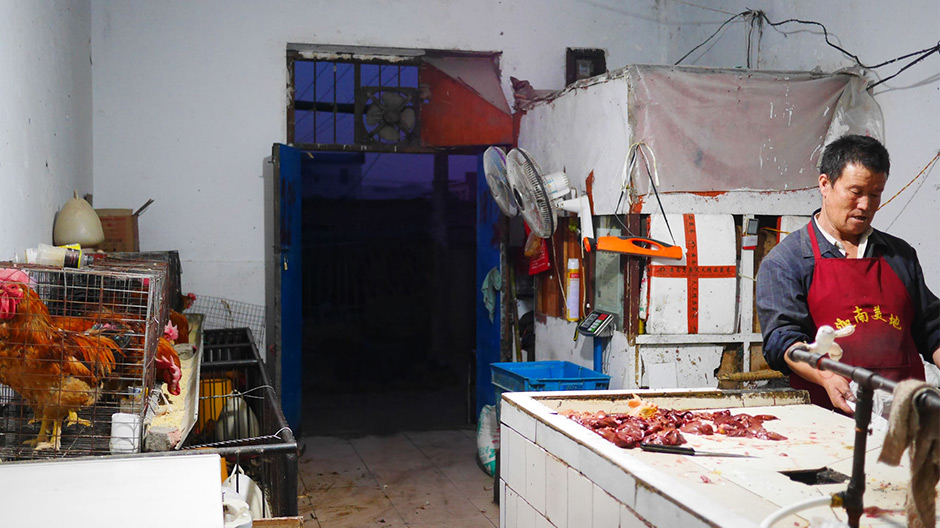
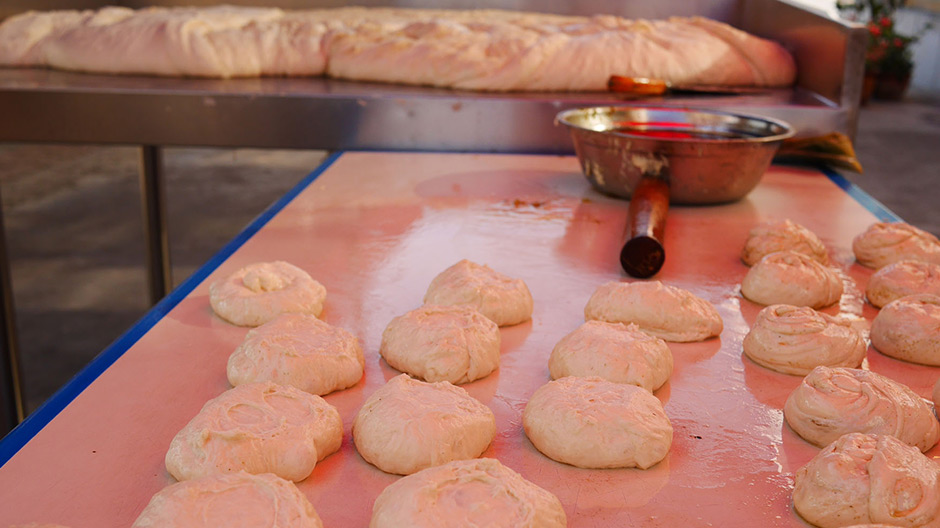
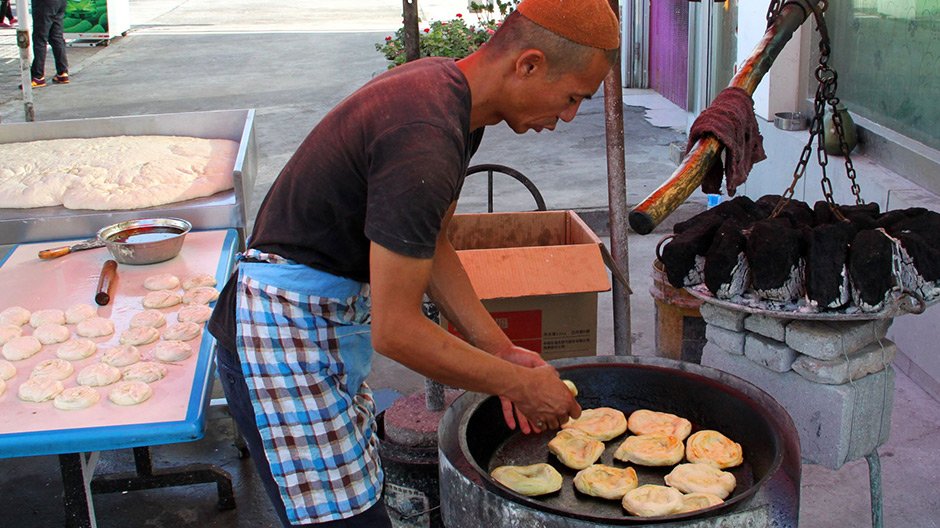
We head west rapidly, through the province of Xinjiang. Before
dinner, we buy fruit supplies from a local market and take photos with
the inquisitive, genial sellers.
The next morning, we start our last stage in China. At an altitude of 2000 metres, we treat ourselves to a break at the deep blue Sayram Lake with its impressive mountain backdrop. From up there, we can see yurts belonging to the Uighurs, a Muslim minority who have had their roots in this part of China for centuries and live as shepherds and cattle herders.
We have to continue on to Khorgos. We reach the border in the
afternoon and park the vehicles in the customs area.
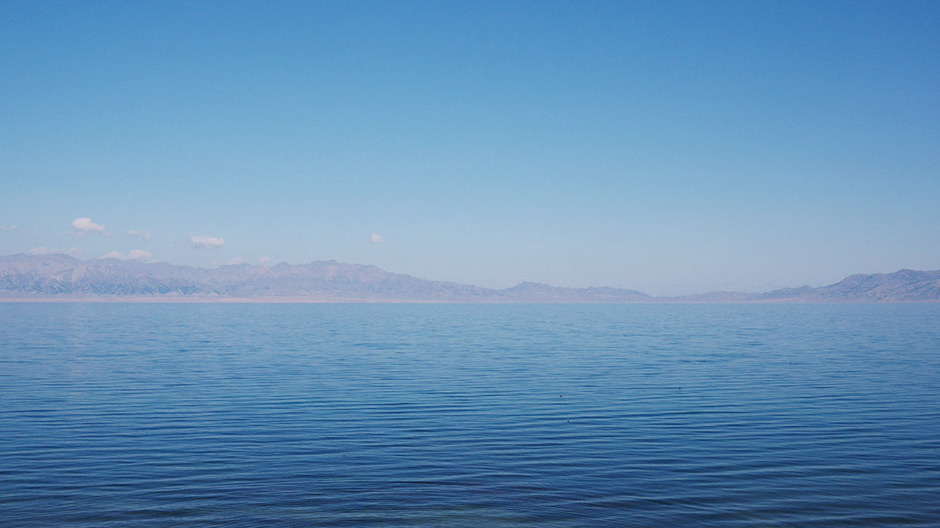
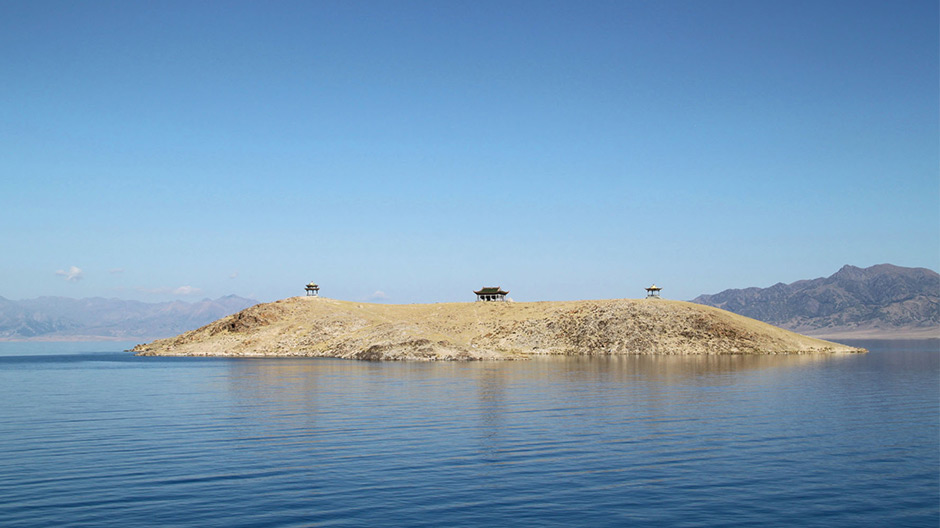
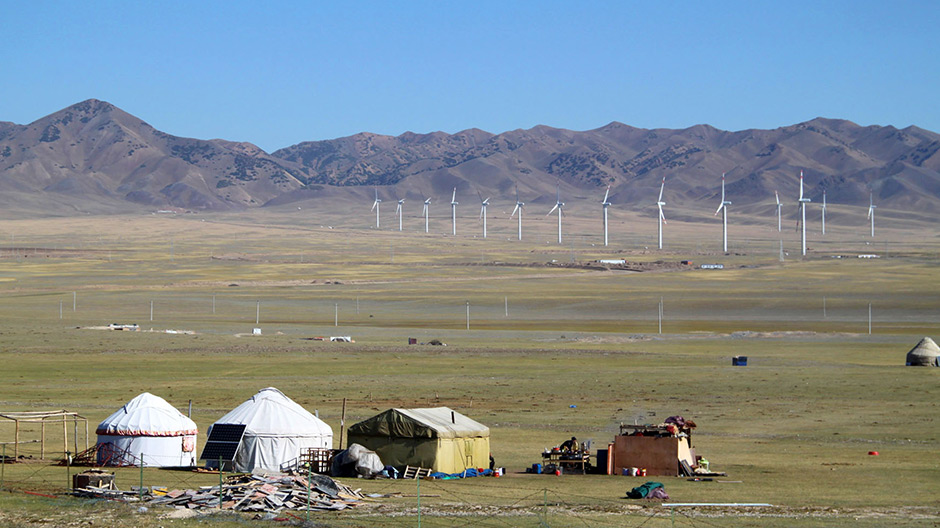
Our Chinese helpers from the driver team leave us here in Khorgos. Our vehicles will be taken over the border by Kazakh drivers. We have to leave the country by foot. Ahead of us lies a passport control that is more complicated than any we have ever experienced. Additional officials are summoned by telephone. They question us in individual rooms and open our suitcases. Our laptops are started and we have to enter our passwords. Documents are opened and questions are asked. One customs official is engrossed in the "Stuttgarter Zeitung" newspaper from the aeroplane. At some point, the atmosphere becomes a bit more relaxed. They then ask questions like, "Are there really no speed restrictions on German motorways?" "How much does a G-Class AMG cost?" After a good half an hour we are allowed to leave the country.
Lorry drivers from WEA Transport, based in Lage, Germany await us
outside the customs area. The forwarding agent is an expert on the
stretch from the Chinese-Kazakh free trade area in Khorgos to Almaty.
One of the company's heavy-duty vehicles accompanies us on our last
trip for now since the vehicles have to take a longer break for the
import formalities to be carried out and until the transit documents
are issued.
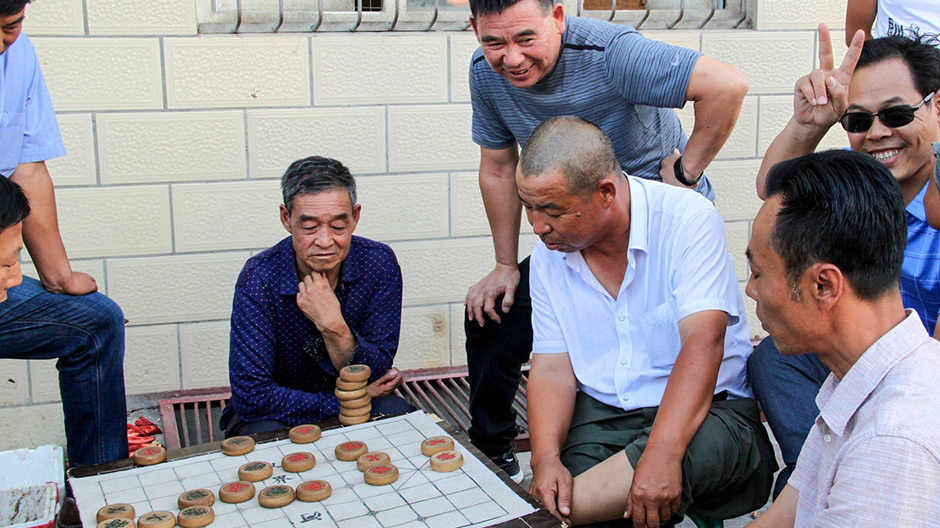
Scenery in the city centre.
Time travel.
On the Kazakh side of Khorgos, we feel like we have gone back to old Soviet times. Small villages and bungalows are spread throughout the rural area. Cows, sheep and goats rove around on the roads. Children pass us in a horse-drawn carriage – country life.
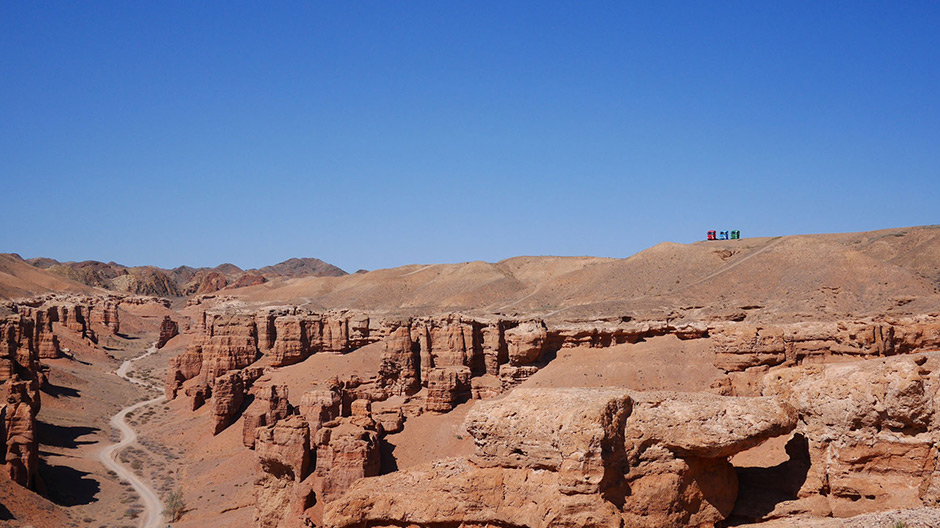
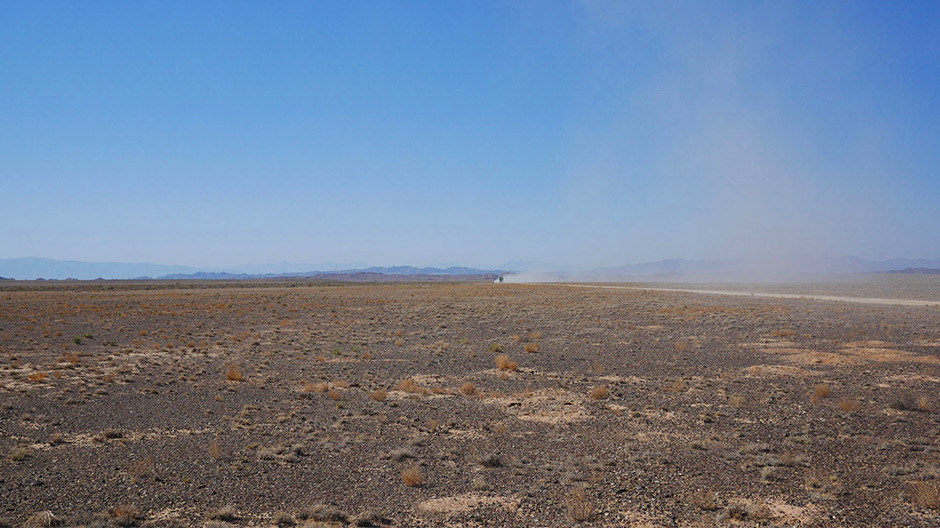
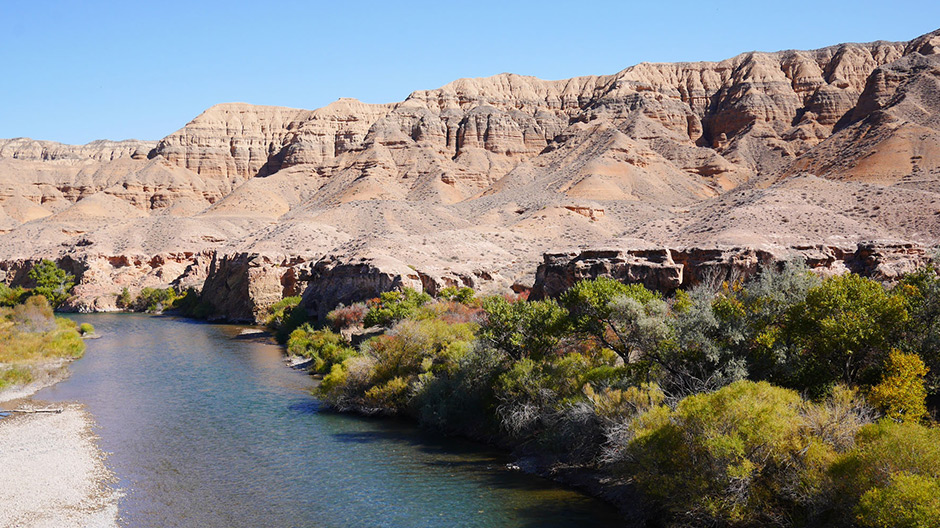
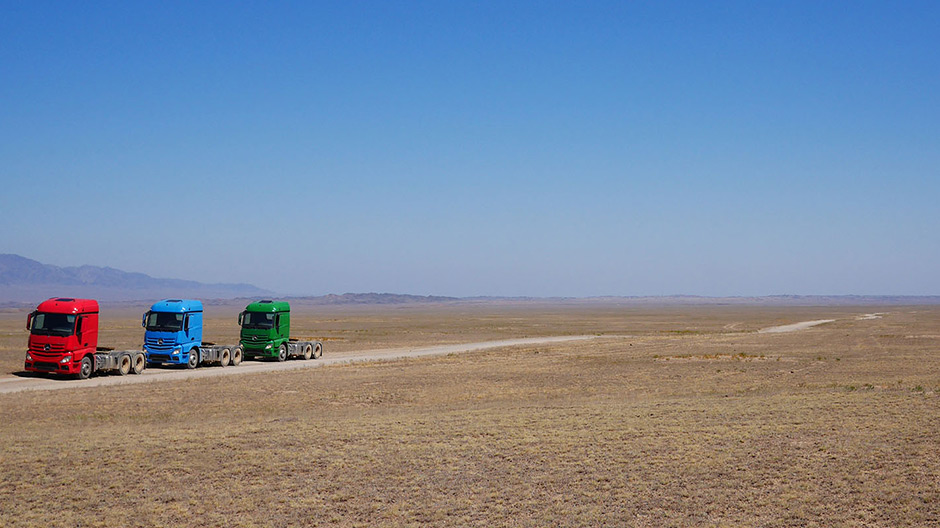
At Charyn Canyon.
Driving time regulations also have to be complied with here, so we
stop for a break at Charyn Canyon, the Grand Canyon of Kazakhstan.
Unfortunately, the road down into the gorge is impassable in our
tractor units. We stay to take a few magnificent souvenir photos and
stretch our legs.
Click here to leave RoadStars and to find out more information within Google Maps: Map on Google Maps
Stopover in Almaty.
We continue on. Through the suburbs of Almaty, we arrive back in civilisation. Farmers are selling regional products at the side of the road. Hawkers try to sell colourful plastic toys.
We arrive in Almaty in the evening and take our lorries to the customs warehouse. Our road trip from Beijing to Stuttgart is forced to take a break here for the time being, until the import formalities have been clarified.
Photos: Eberhard Joos




Comment
Please log in to post a comment.
12 comments
Great story to read and pictures that that make me daydream!
The tire changing thing wasn't new for me, eight years ago I worked for a boss who's father, age 65, changed all tires of all 6 trucks in this way! I did suspect the man secretly had superpowers 😉
Great story to read and pictures that that make me daydream!
The tire changing thing wasn't new for me, eight years ago I worked for a boss who's father, age 65, changed all tires of all 6 trucks in this way! I did suspect the man secretly had superpowers 😉
Zetros on tour?
:)
Zetros on tour?
:)
Thanks for letting us know you liked the article! ☺️ As you've probably already seen, it's a whole series so there will be more articles on the Silk Road diary.
And thanks for your suggestion about the Zetros on Tour. Every now and then we do use your ideas for RoadStars - maybe it's your's next time 😊
Thanks for letting us know you liked the article! ☺️ As you've probably already seen, it's a whole series so there will be more articles on the Silk Road diary.
And thanks for your suggestion about the Zetros on Tour. Every now and then we do use your ideas for RoadStars - maybe it's your's next time 😊
Wir mussten in den Dörfern sogar mal bei den kleinen Drogerias Petroleum kaufen und mischten unser Reserve Motoröl bei, um die nächste größere Stadt zu erreichen, wo man wieder nur ein paar Liter bekam. So kämpften wir uns durch. Doch es war im Großen und Ganzen eine Schöne und interessante Zeit, fast 12 Jahre lang.
Wir mussten in den Dörfern sogar mal bei den kleinen Drogerias Petroleum kaufen und mischten unser Reserve Motoröl bei, um die nächste größere Stadt zu erreichen, wo man wieder nur ein paar Liter bekam. So kämpften wir uns durch. Doch es war im Großen und Ganzen eine Schöne und interessante Zeit, fast 12 Jahre lang.
Reifenwechsel mit Vorschlaghammer und Montiereisen habe ich auch schon durch deutschen Pannendienst erlebt, routiniert, gekonnt.
Gruß
Klaus
Reifenwechsel mit Vorschlaghammer und Montiereisen habe ich auch schon durch deutschen Pannendienst erlebt, routiniert, gekonnt.
Gruß
Klaus